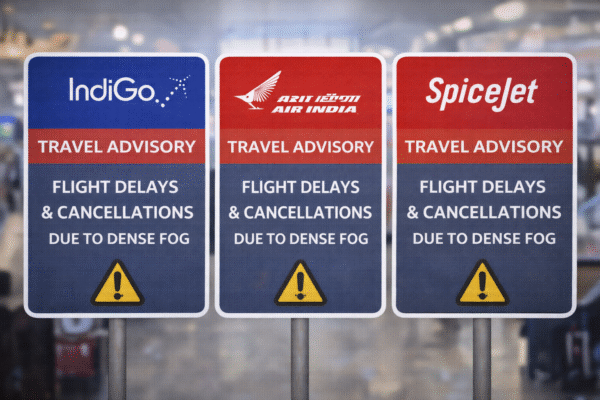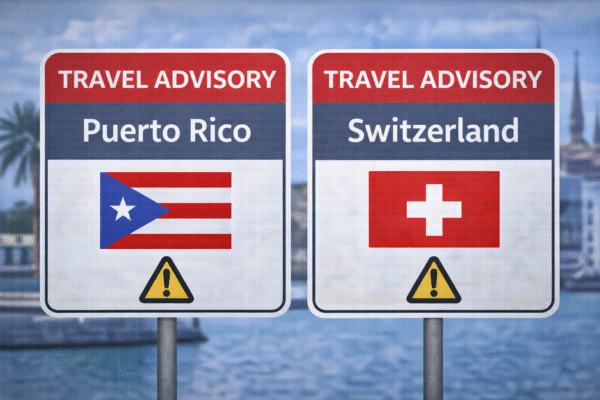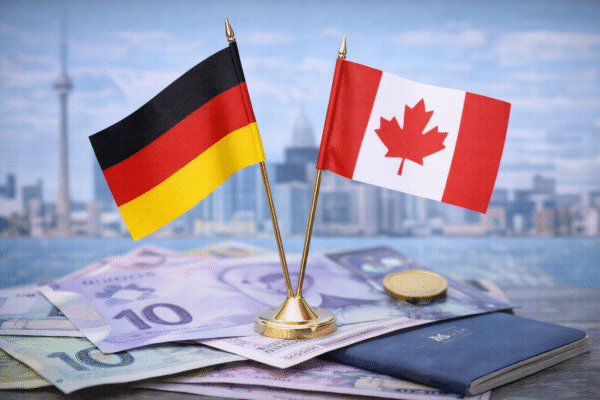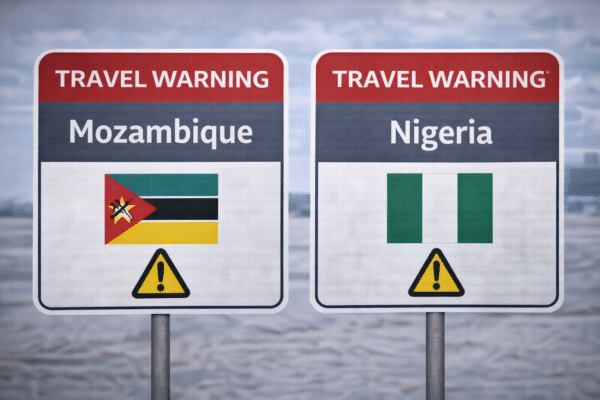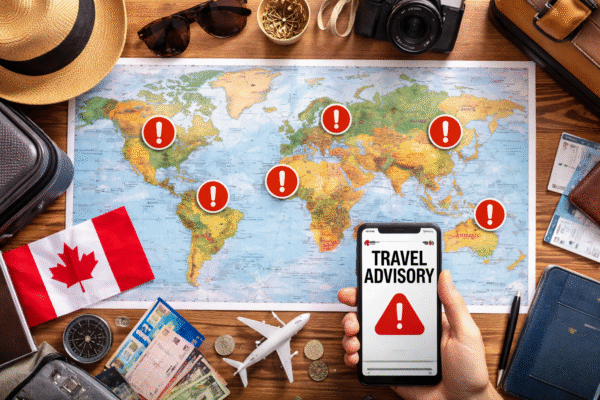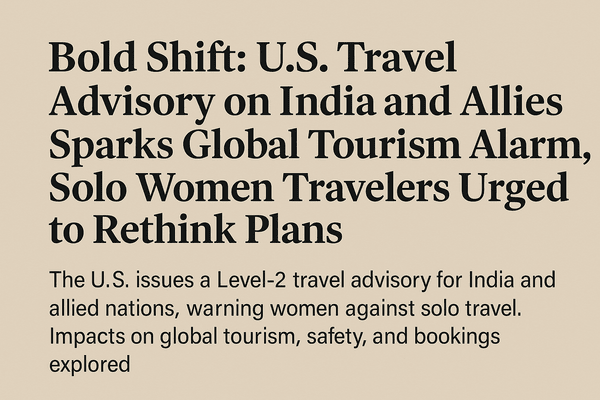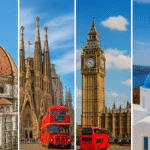U.S. Issues Level-2 Travel Advisory for India Amid Safety Concerns, Women Travelers Cautioned as Global Tourism Faces New Disruption
In a surprise diplomatic turn, the United States has updated its Level-2 travel advisory for India, placing the nation alongside others like Israel, Canada, Thailand, Australia, Poland, and the Marshall Islands in a growing list of countries under scrutiny. The advisory, released by the U.S. State Department, warns of rising threats of violent crime, terrorism, and particularly the safety of solo female travelers—prompting immediate ripples across the international tourism industry.
This advisory lands at a critical moment for global tourism. India, which has been on a post-pandemic recovery trajectory, now faces an image crisis that threatens inbound bookings, hotel occupancy, and traveler sentiment. The U.S. alert does not ban travel but urges Americans to “exercise increased caution,” especially women traveling alone and visitors to less-secure regions of the country.
A Startling Advisory with Far-Reaching Effects
The travel advisory cites several risks, including sexual violence, organized crime, and terrorism. Specific hotspots include interior regions of Maharashtra, Madhya Pradesh, Chhattisgarh, Odisha, Bihar, and West Bengal, as well as high-risk zones like Jammu and Kashmir and the India-Pakistan border. Even U.S. government employees now require special authorization to travel to these regions, underscoring the seriousness of the situation.
Such advisories from the U.S. State Department often influence travel trends, insurance policy pricing, and airline route planning. For India, the ramifications could stretch across sectors—from hospitality and aviation to travel tech and public diplomacy.
Women Travelers: A Direct Warning Sparks Concern
Perhaps the most jarring element of the advisory is the explicit guidance advising women not to travel alone in India. This message—direct and unusual in such bulletins—could severely deter a major segment of global travelers.
The warning comes at a time when solo female travel is on the rise, especially from North America and Europe. India had been actively promoting safety for women through campaigns, infrastructure improvements, and women-led services. This advisory threatens to roll back hard-earned progress and shape international perceptions overnight.
Economic Fallout for Indian Tourism
India’s tourism economy contributes significantly to jobs and GDP. This advisory strikes at the heart of the industry’s high travel season—June through August—when inbound tourists from the U.S., Canada, and Europe flock to destinations like the Himalayas, Kerala, Goa, and Rajasthan.
Hotels, travel agents, and tour operators may now face booking cancellations, refund requests, and customer service escalations. U.S. travelers are also likely to face rising travel insurance premiums or limited policy coverage due to the Level-2 alert, further reducing travel appetite.
Impact Beyond Borders: Why Other Nations Are Also Listed
India isn’t alone. The U.S. advisory groups it with a set of geographically and politically diverse nations—Israel, Canada, the Marshall Islands, Dominican Republic, Poland, Thailand, and Australia—each flagged for varied concerns. From political unrest to public safety risks and diplomatic tensions, this consolidated alert hints at a broader reevaluation of risk in global travel.
Experts suggest that rising geopolitical uncertainty and high-profile global incidents have pushed risk assessments to evolve faster than before. Governments are reacting in real time, and travelers are left to make difficult decisions with little notice.
Tourism Boards React, Crisis Communication Underway
India’s Ministry of Tourism and state tourism boards are already mobilizing damage control strategies. Digital safety campaigns, revalidation of hospitality certifications, and influencer partnerships are being discussed to reshape the narrative around safety and reassure travelers.
Meanwhile, tourism boards in safer Asian destinations are capitalizing on the opportunity to redirect travelers. Countries like Japan, Vietnam, South Korea, Nepal, Malaysia, and Sri Lanka are positioning themselves as secure, enriching alternatives for Americans looking to travel without safety concerns.
Safe Alternatives for U.S. Travelers in Asia
If recent advisories leave you reconsidering your travel plans to India or other flagged destinations, here are safe, vibrant, and culturally rich alternatives in Asia:
- Japan: Among the safest countries globally, ideal for solo and female travelers with world-class infrastructure and safety protocols.
- Vietnam: Culturally immersive, budget-friendly, and widely considered safe for foreign travelers, including solo explorers.
- South Korea: Combines modern tech with ancient traditions and ranks high on personal safety and public services.
- Nepal: Welcomes trekkers and spiritual seekers alike. A top choice for mindful, peaceful adventures.
- Malaysia: English-friendly, culturally diverse, and low-crime—perfect for first-time Asia travelers.
- Sri Lanka: Offers India-like diversity with easier logistics and less complexity, especially for female travelers.
- The Maldives: Ultimate luxury escape with low crime and isolation-friendly experiences.
- Laos: A serene, low-tourist gem offering authentic Southeast Asian charm and safety.
A Defining Moment for India’s Travel Image
This advisory isn’t just a policy—it’s a global signal. For India, the challenge is clear: restore international trust through tangible safety reforms, transparent reporting, and focused traveler engagement. For the travel industry, it’s a lesson in resilience—how quickly a nation’s reputation can pivot, and how crucial proactive risk management has become.
As international travel rebounds post-COVID, safety perception is the new currency. And in today’s real-time news cycle, one advisory can alter a destination’s fortunes overnight.
For more travel news like this, keep reading Global Travel Wire




